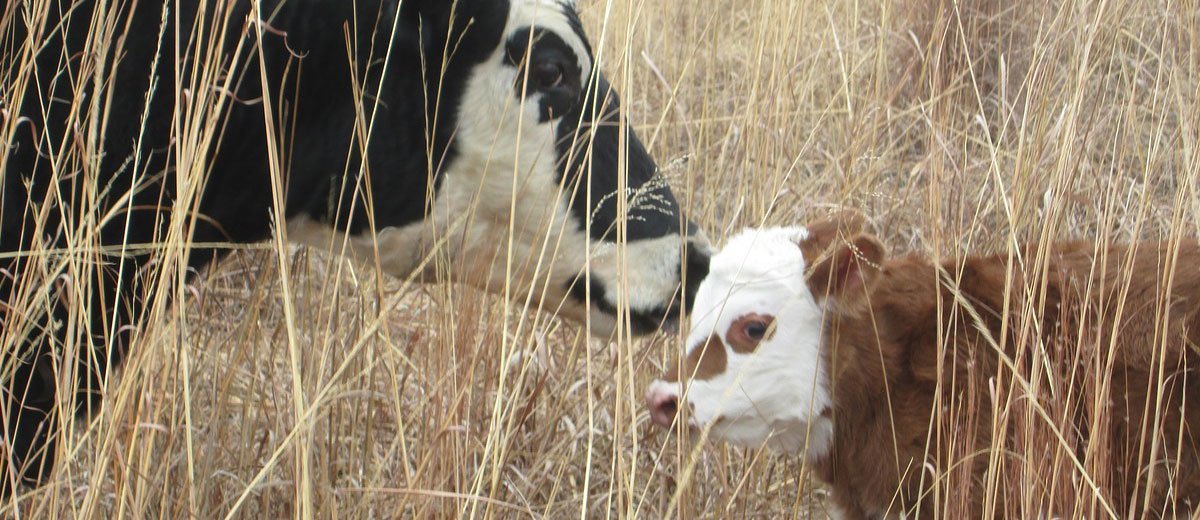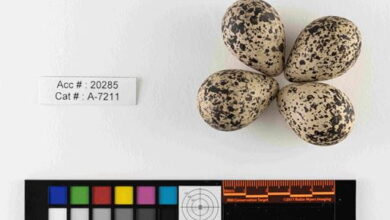
The Importance of Colostrum
By Colby Elford BSc. PAg, Livestock and Feed Extension Specialist, Moose Jaw
Cows begin producing colostrum approximately five weeks before calving. Antibodies are transferred from their bloodstream to the milk. Older cows produce a higher quantity and quality of colostrum as they have larger udders and a more efficient antibody transport system. Antibody concentration is lowest in first and second-time mothers and, due to a smaller-sized udder, the volumes of colostrum are typically lower. A good nutrition program along with proper vitamin and mineral supplementation prior to calving is critical for quality colostrum production.
The early health and welfare of newborn calves is dependent on timely ingestion of good-quality colostrum. Calves are born with very little immunity of their own and rely on colostrum from their mothers until their own immune system develops at approximately two months of age. Filled with antibodies, protein, vitamins and energy, colostrum is critical to ward off bacteria and other potential infectious agents that are present on farm. Cows are built to survive in a less than pristine environments. Newborn calves, however, need a little help. Almost all newborn calves that sicken with diarrhea, septicemia and pneumonia can be linked to problems with colostrum.
Newborn calves need a surprising amount of colostrum in order for it to be effective. Research has shown that calves should receive five to six per cent of their body weight as colostrum within the first six hours of life and another five to six per cent of their body weight by the time they are 12 hours old, in order to maximize absorption of antibodies and large proteins. Colostrum weighs approximately eight pounds per US gallon, therefore, an 80-pound calf needs about four pounds of colostrum per feeding. After that first 12-hour period, many of these antibodies will simply be digested and unavailable for their intended purpose. After 24 hours, the digestive tract becomes impermeable and large proteins and antibodies can no longer be absorbed.
If a calf is unable or unwilling to suck in its first hours of life, assistance obtaining colostrum is necessary. Colostrum can be collected from cows that have calved up to 24 hours previously and immediately delivered to the calf. It can also be refrigerated for up to one week or frozen and thawed in warm water when needed. It is important that it frozen colostrum is thawed slowly in warm water so as not to damage the antibodies and immunoglobins. If frozen, it should be used within a year and should not be refrozen once thawed. Having a colostrum bank from your own herd can be helpful in those situations where a cow does not have enough to provide for her calf. If you do not have a colostrum bank from the cows on your farm, colostrum replacement products can be purchased from your local veterinary clinic or agriculture retail outlet.
Colostrum is liquid gold, rich in nutrients and antibodies that are critical for calf survival and long-term health and welfare. Talk to your nutritionist or local livestock and feed extension specialist for ration advice to ensure your calves get off to a strong start with good quantity and quality colostrum. If you are interested in learning more about this topic, please contact the Agriculture Knowledge Centre at 1-866-457-2377.
For the latest information and for more updates on everything Kindersley ‘Like’ the Kindersley Social Facebook page below…








































